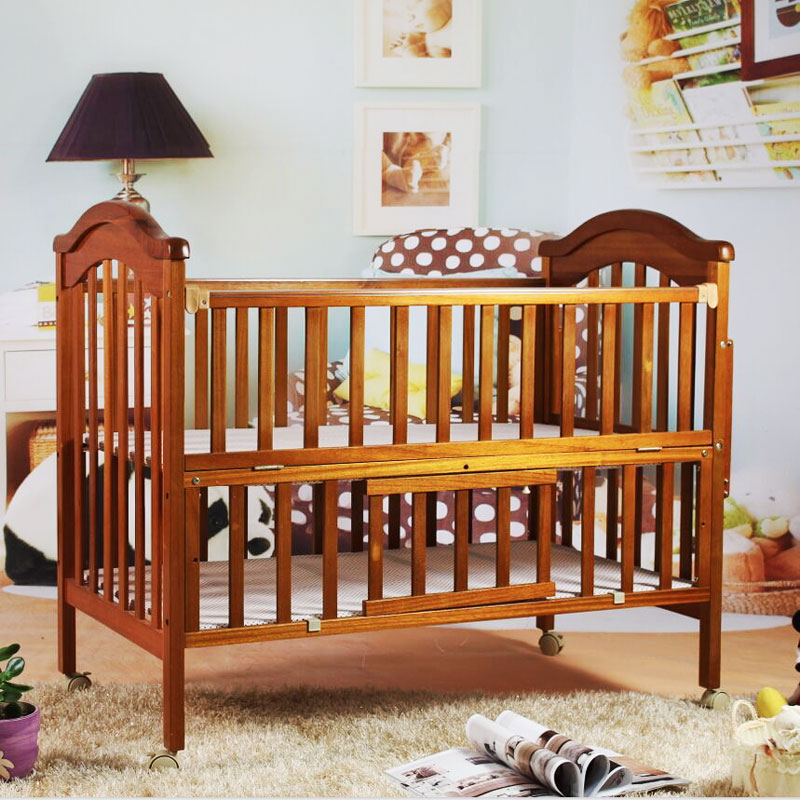
Childbirth is a natural process, and normally all efforts are made to keep any intervention as close to nature as possible. Similarly, the agreed view among experts is that this principle should also hold true for parenting from the moment the child marks his or her presence in the world.
When a child is expected into the family, apart from traditional ceremonies, there is a scurry of activity to get together a whole lot of things that the newborn and mother would need. In many homes an entire nursery is planned for the infant.
For those who have a deep respect for mother nature and wish to go green, this is an opportunity to use sustainability as much as possible when nurturing your child. And the first step would be to breastfeed the baby for as long as possible. This is the most zero waste and healthy feeding option, cost-effective and needs no bottles or cups, though sometimes new mothers need a nursing pump to help them along. Even then, this is far better than resorting to formula milk, though sometimes due to unforeseeable situations, this option has to be exercised.
If for any reason your baby has to be bottle-fed, opt for sustainable bottles instead of plastic ones. Today there are several designs available in good stores. For non-toxic options, choose a glass bottle as most come with a silicone cover to protect the glass and helps the baby grip the bottle easily. There are also stainless steel bottles that have a silicone nipple attached to them. If plastic bottle is used, ensure that it is BPA (Bisphenol-A)-free. Inferior products could lead to plastic leaching that is detrimental to the baby’s health.
Later when the child moves on to a sipper make the same choice in the material.
Let’s move to the child’s diet. Commercial baby food has been a common answer for many mothers. But making your own baby food at home is a better and safer option. Not only is it cheaper, it is also healthier. Most doctors and nutritionists recommend that you puree fruits and vegetables in the mixer at home. If this cannot be done on a daily basis, it could be prepared in batches for two-three days at a time and refrigerated. There is some great millet-based porridge that is traditionally made and available in almost every state in our country. When it comes to nurturing babies, the traditional wisdom of women justified by their own logic goes a long way.
Let’s move to a baby essential, diapers. Urban stores are flooded with use and throw diapers and parents buy them because they are convenient. However, they are also non-biodegradable and end up cluttering the landfills. It would be prudent to keep a couple of packets of use and throw diapers for emergencies or when taking the child out, but by and large if you could use diapers made from old soft organic cotton and wash them with a dash of an antiseptic solution, you would have done the environment a great favour. Some companies are making cotton diapers as well.
The same rule applies to bedsheets, pillow covers, diaper bags and bibs. These could be made from old muslin saris. The softer cottons are better and healthier. Baby dresses made with eco-friendly materials are much more comfortable for an infant.
Building a nursery for an infant can be fun and you can be innovative. It is best to keep things simple and make it environment-friendly. That can be done best by using material available at home. Used clothes can be transformed into pretty frills. Look around for a second-hand crib and dress it up in soothing colours. Or you could even make your own crib with natural materials such as bamboo and straw. All it needs is imagination and a bit of planning.
However, there are many second hand cribs available as parents can’t use them beyond the first 18 months after which toddlers mostly move to a bed and the parents look around for new parents to hand them over. It is the same story with strollers. Instead of strollers ending up in landfills, it would be great if they could become part of a circular economy and could actively be passed on within the family, colony, or community when a child outgrows them.
Similarly hammocks can be made from old dupattas, or other pieces of cloth found at home.
Where there is a child, there is play time, but the topic of eco-friendly toys and accessories is an exhaustive one. Let’s explore that in another issue.
The writer is a senior journalist who writes on environmental issues








